From: YourDeadWife@beyondthegrave.boo
Cyber Ghosts and E-Mail from the Dead
from TheGlobeAndMail.com
His wife had died, but he kept her e-mail account open and checked it regularly to see if she had any messages from far-flung friends or acquaintances who didn't know she had passed away.
had died, but he kept her e-mail account open and checked it regularly to see if she had any messages from far-flung friends or acquaintances who didn't know she had passed away.
On the anniversary of their first date, a strange e-mail arrived with an attachment that had nothing in it. He checked to see who it was from, but there were no names in the "from" header area. On their wedding anniversary, an identical message arrived. He became convinced, he explained on a website devoted to the paranormal, that it was his dead wife trying to communicate with him.
E-mail and cellphone calls from the dead. Ghostly orbs that appear in pictures taken by digital cameras. Demons captured on cellphone cameras. New technology is having an impact on how people experience the paranormal.
"Any technology throughout history has been adapted to two things - first of all pornography and secondly, the paranormal," James Alcock, a professor at York University who specializes in the psychology of belief, said. He is a founding member of the Committee for the Scientific Investigation of Claims of the Paranormal, a group that has investigated and exposed psychics, spoon benders, alien abductees and poltergeists since it was formed in the mid-1970s.
But for some, cyberspace extends to the great beyond, and the Web is a worldwide Ouija board. There are thousands of websites devoted to the paranormal, where people report their supernatural experiences. Many are encounters with old-fashioned-style ghosts and apparitions, the kind that inspired the most spectral Halloween costumes you'll see on the dark streets tonight.
But a growing number involve modern technology, like cellphones. A young man gets calls from a grandparent warning that he left the oven on. What's remarkable is that Grandma is dead, said Amy Allen, Ontario director for Paranormal Phenomena Research & Investigation, an organization that includes about 75 paranormal investigators in Canada, and another 60 or so in the United States and around the world. These calls, she said, have always proved impossible to trace.
There are also reports of mysterious e-mails, like the one posted on a paranormal website by the man, who identified himself as Tom, who believed his wife had attempted to contact him on two important anniversaries in their relationship.
He's in good company. Even Thomas Edison saw new technology as a possible channel of communication with the spirit world, Dr. Alcock said. The inventor tried to make contact through a phonograph-like device in the 1890s and then tried again in the 1920s with chemical equipment.
The advent of photography was closely followed by mysterious pictures of ghosts, and today, digital cameras have sparked a similar boom in spooky pictures, including many containing strange, transparent orbs. Darryll Walsh, executive director of the Halifax-based Centre for Parapsychological Studies in Canada, said they are caused by the flash being too close to the lens in the point-and-shoot cameras.
"People want to see something," he said.
Once the telephone became popular, people reported calls from dead loved ones. The advent of television brought reports of people seeing faces of the dead on the screen. For several decades, people have reported hearing the voices of the dead on their tape recorders. The messages - phrases like "Save Me" - have not always been comforting.
Technology has meant changes for paranormal investigators such as Elliott Van Dusen, with the British Columbia Branch of Paranormal Phenomena Research & Investigation. He and his colleagues look into reports of the paranormal, looking for rational explanations. They offer their services for free.
He still gets lots of "conventional" cases and has been asked to investigate reports of strange noises at an abandoned military base, and a house that the residents believed was haunted by a mysterious visitor who left pennies in strange places.
But he recently received an e-mail from a young man in Germany. He said he and his friend were goofing around, taking pictures with his cellphone camera. When they looked at the digital photo, they say they saw what looked like a demon. It was a shadowy, skeletal face, obscured by smoke. He told Mr. Van Dusen that the "thing" in the photograph looked as if it wanted to be seen, or was trying to get their attention.
Mr. Van Dusen was immediately suspicious, but the picture was too small for the kind of computer analysis that can detect tampering. In the field report, he and his colleagues conclude that it looked remarkably like the faked ghost photos that were so popular in the late 1800s and early 1900s. But they couldn't say for sure that it was fraud.
"Technology is a Catch-22. Sometimes it is easy to tell if something is fake because of technology," he said.
But it also can make it easier for someone to perpetrate a hoax.
Mr. Van Dusen, 22 and finishing off a sociology degree, has been investigating reports of the paranormal since he was 16. He grew up near Halifax, where Mr. Walsh teaches two courses on the paranormal at a local community college.
At first, Mr. Van Dusen was excited by the thought of finding a real ghost.
"As time went on," he said, "I started to get more skeptical."
from TheGlobeAndMail.com
His wife
 had died, but he kept her e-mail account open and checked it regularly to see if she had any messages from far-flung friends or acquaintances who didn't know she had passed away.
had died, but he kept her e-mail account open and checked it regularly to see if she had any messages from far-flung friends or acquaintances who didn't know she had passed away.On the anniversary of their first date, a strange e-mail arrived with an attachment that had nothing in it. He checked to see who it was from, but there were no names in the "from" header area. On their wedding anniversary, an identical message arrived. He became convinced, he explained on a website devoted to the paranormal, that it was his dead wife trying to communicate with him.
E-mail and cellphone calls from the dead. Ghostly orbs that appear in pictures taken by digital cameras. Demons captured on cellphone cameras. New technology is having an impact on how people experience the paranormal.
"Any technology throughout history has been adapted to two things - first of all pornography and secondly, the paranormal," James Alcock, a professor at York University who specializes in the psychology of belief, said. He is a founding member of the Committee for the Scientific Investigation of Claims of the Paranormal, a group that has investigated and exposed psychics, spoon benders, alien abductees and poltergeists since it was formed in the mid-1970s.
But for some, cyberspace extends to the great beyond, and the Web is a worldwide Ouija board. There are thousands of websites devoted to the paranormal, where people report their supernatural experiences. Many are encounters with old-fashioned-style ghosts and apparitions, the kind that inspired the most spectral Halloween costumes you'll see on the dark streets tonight.
But a growing number involve modern technology, like cellphones. A young man gets calls from a grandparent warning that he left the oven on. What's remarkable is that Grandma is dead, said Amy Allen, Ontario director for Paranormal Phenomena Research & Investigation, an organization that includes about 75 paranormal investigators in Canada, and another 60 or so in the United States and around the world. These calls, she said, have always proved impossible to trace.
There are also reports of mysterious e-mails, like the one posted on a paranormal website by the man, who identified himself as Tom, who believed his wife had attempted to contact him on two important anniversaries in their relationship.
He's in good company. Even Thomas Edison saw new technology as a possible channel of communication with the spirit world, Dr. Alcock said. The inventor tried to make contact through a phonograph-like device in the 1890s and then tried again in the 1920s with chemical equipment.
The advent of photography was closely followed by mysterious pictures of ghosts, and today, digital cameras have sparked a similar boom in spooky pictures, including many containing strange, transparent orbs. Darryll Walsh, executive director of the Halifax-based Centre for Parapsychological Studies in Canada, said they are caused by the flash being too close to the lens in the point-and-shoot cameras.
"People want to see something," he said.
Once the telephone became popular, people reported calls from dead loved ones. The advent of television brought reports of people seeing faces of the dead on the screen. For several decades, people have reported hearing the voices of the dead on their tape recorders. The messages - phrases like "Save Me" - have not always been comforting.
Technology has meant changes for paranormal investigators such as Elliott Van Dusen, with the British Columbia Branch of Paranormal Phenomena Research & Investigation. He and his colleagues look into reports of the paranormal, looking for rational explanations. They offer their services for free.
He still gets lots of "conventional" cases and has been asked to investigate reports of strange noises at an abandoned military base, and a house that the residents believed was haunted by a mysterious visitor who left pennies in strange places.
But he recently received an e-mail from a young man in Germany. He said he and his friend were goofing around, taking pictures with his cellphone camera. When they looked at the digital photo, they say they saw what looked like a demon. It was a shadowy, skeletal face, obscured by smoke. He told Mr. Van Dusen that the "thing" in the photograph looked as if it wanted to be seen, or was trying to get their attention.
Mr. Van Dusen was immediately suspicious, but the picture was too small for the kind of computer analysis that can detect tampering. In the field report, he and his colleagues conclude that it looked remarkably like the faked ghost photos that were so popular in the late 1800s and early 1900s. But they couldn't say for sure that it was fraud.
"Technology is a Catch-22. Sometimes it is easy to tell if something is fake because of technology," he said.
But it also can make it easier for someone to perpetrate a hoax.
Mr. Van Dusen, 22 and finishing off a sociology degree, has been investigating reports of the paranormal since he was 16. He grew up near Halifax, where Mr. Walsh teaches two courses on the paranormal at a local community college.
At first, Mr. Van Dusen was excited by the thought of finding a real ghost.
"As time went on," he said, "I started to get more skeptical."







 what the Great Conjunction is. 'What's the Great Conjunction?'
what the Great Conjunction is. 'What's the Great Conjunction?' 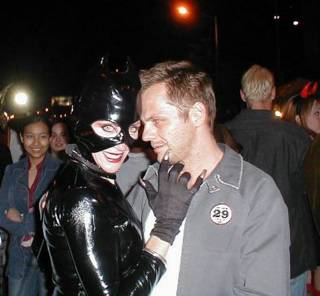
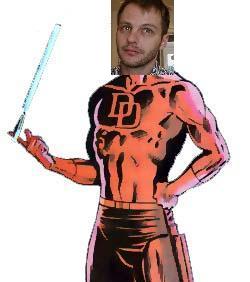



 A Is for Androids
A Is for Androids B Is for Boba
B Is for Boba C Is for Calvin
C Is for Calvin D Is for Dragons
D Is for Dragons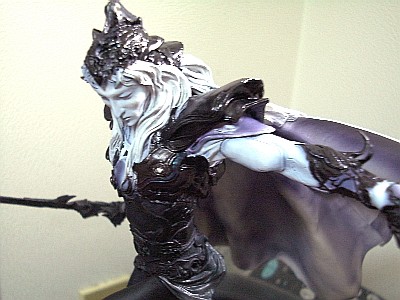 E Is for Elric
E Is for Elric F Is for Futures
F Is for Futures G Is for Genie
G Is for Genie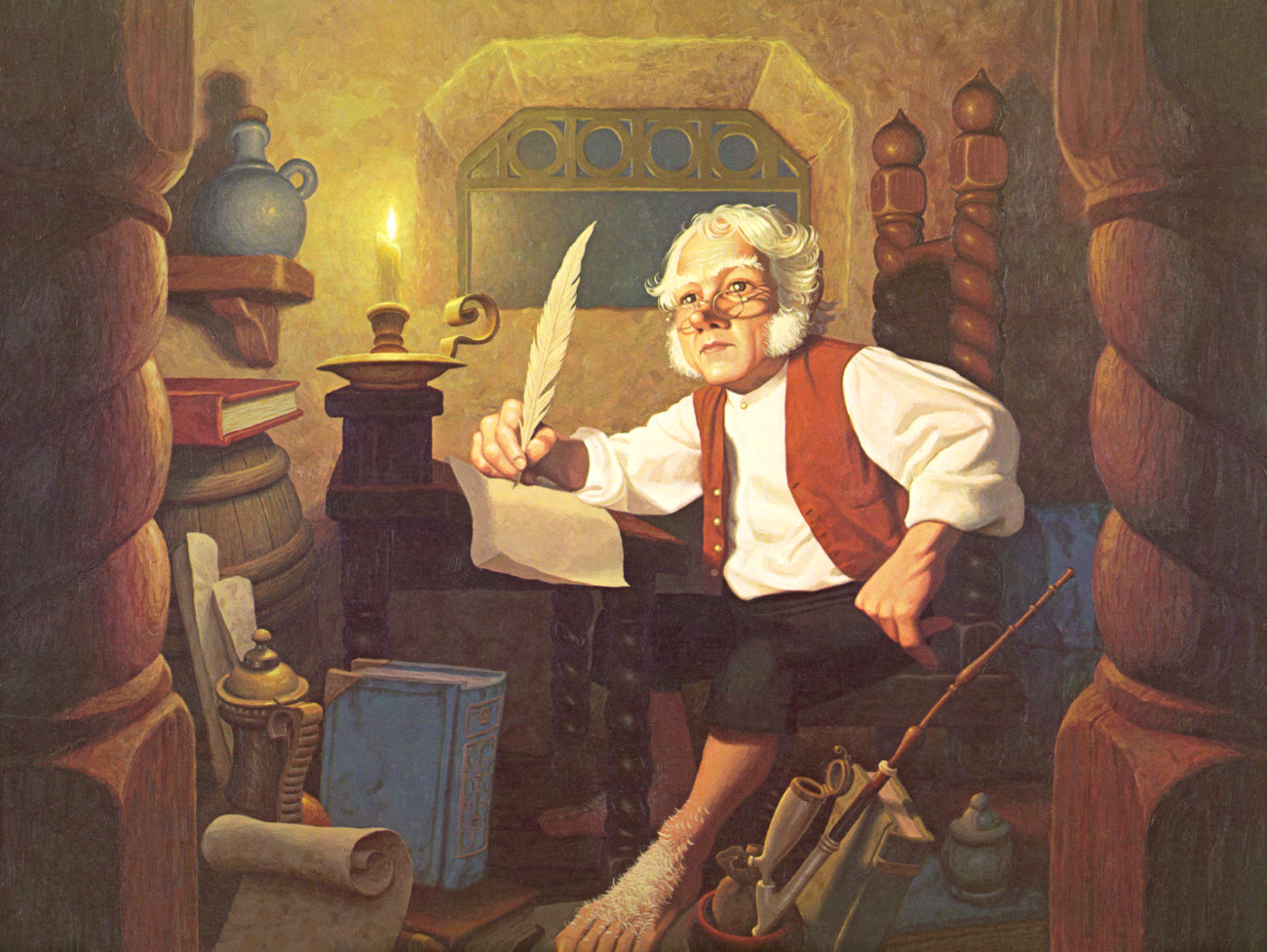 H Is for Hobbits
H Is for Hobbits I Is for Iceman
I Is for Iceman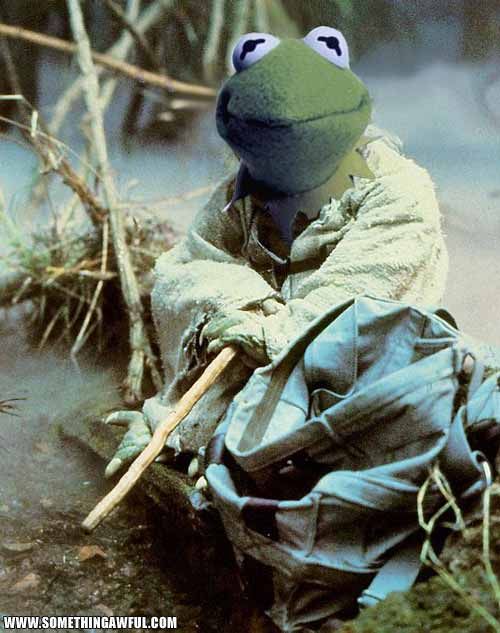 J Is for Jedi
J Is for Jedi K Is for Kraken
K Is for Kraken





















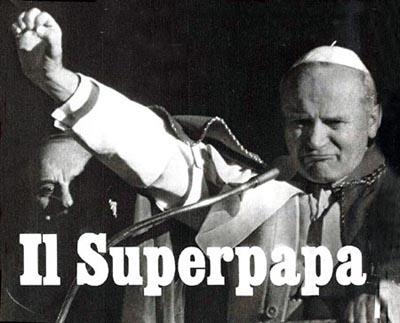











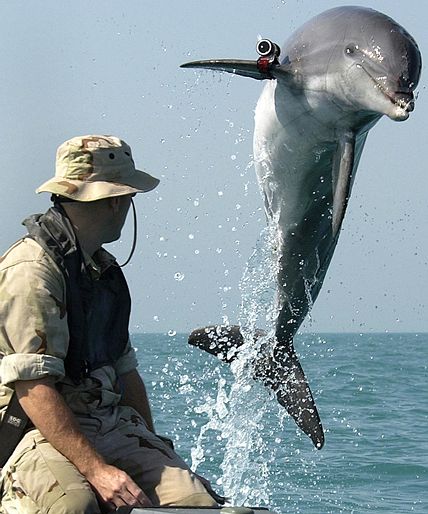

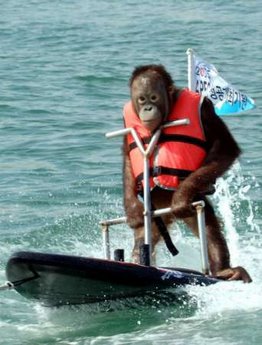
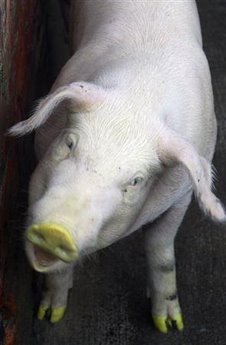



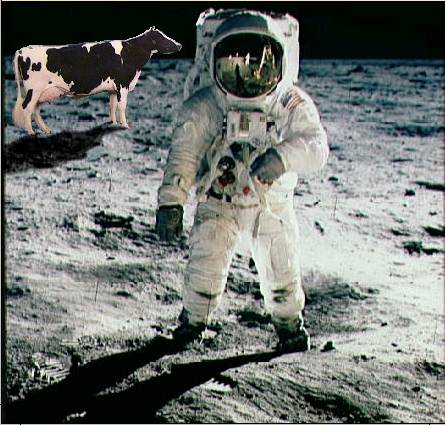
























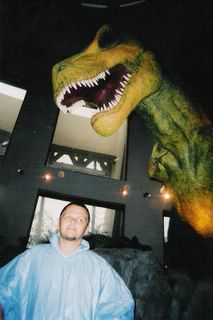



0 Comments:
Post a Comment
<< Home